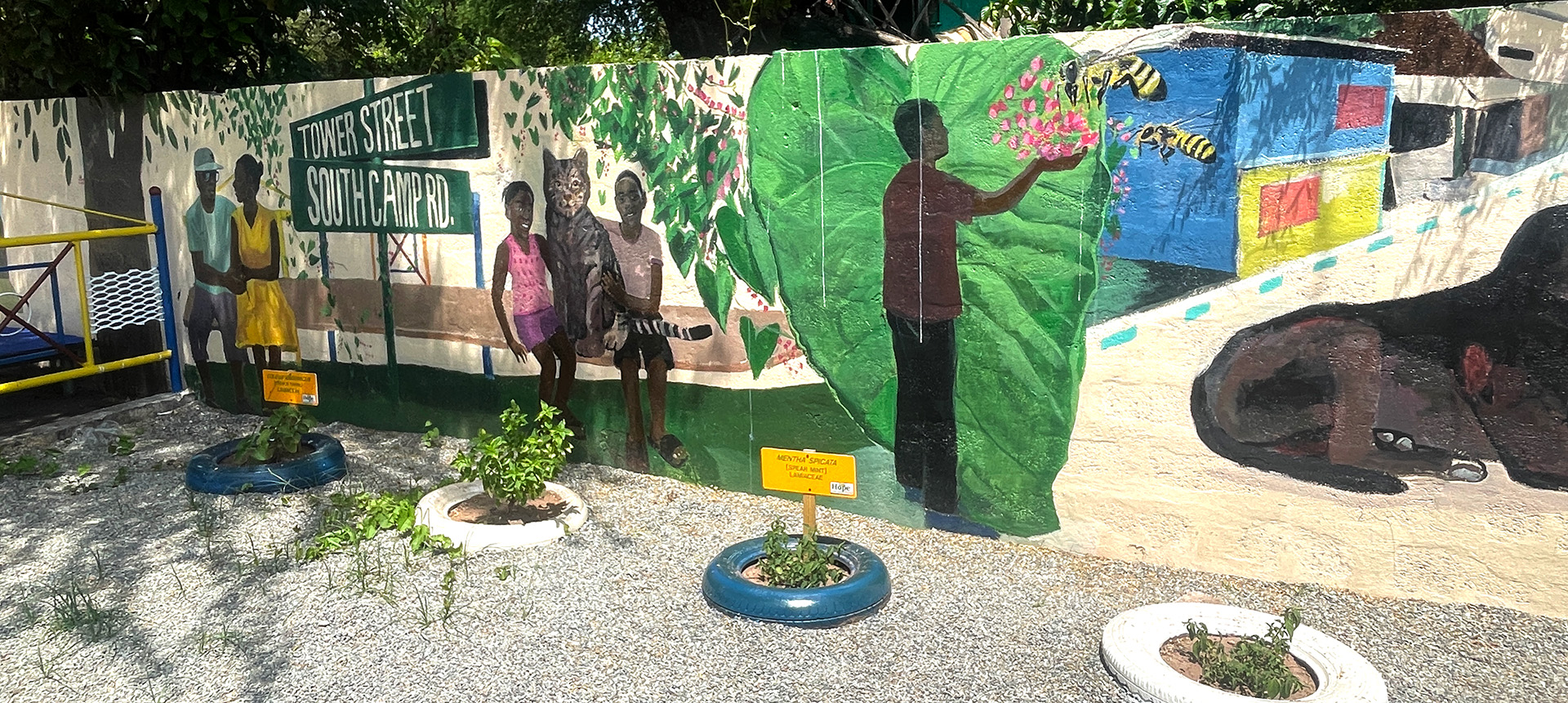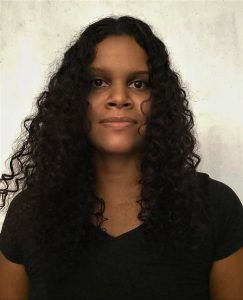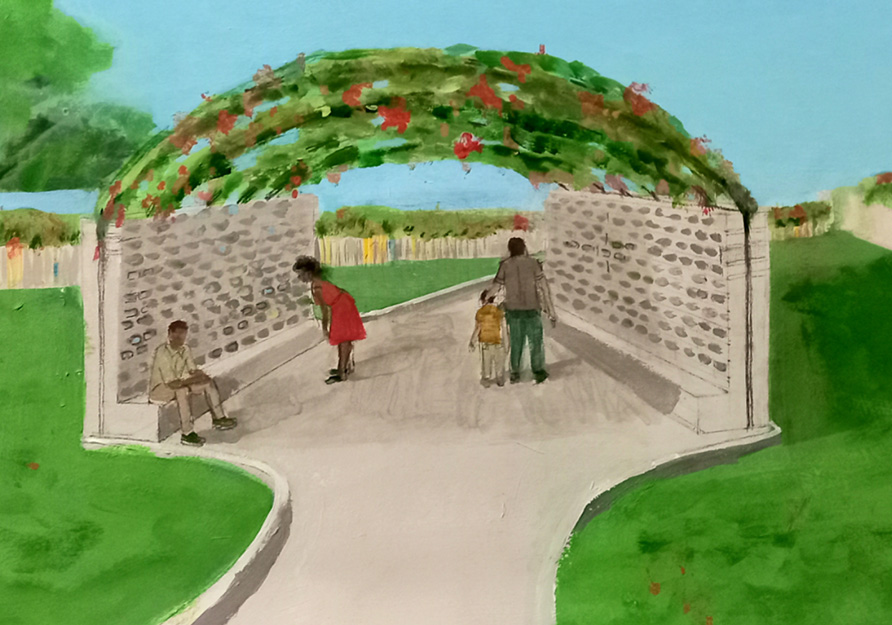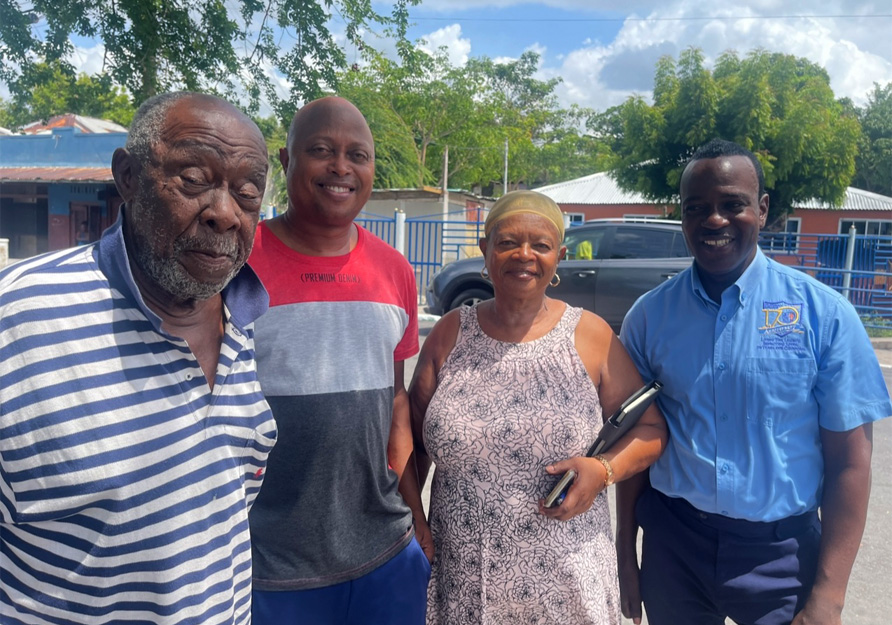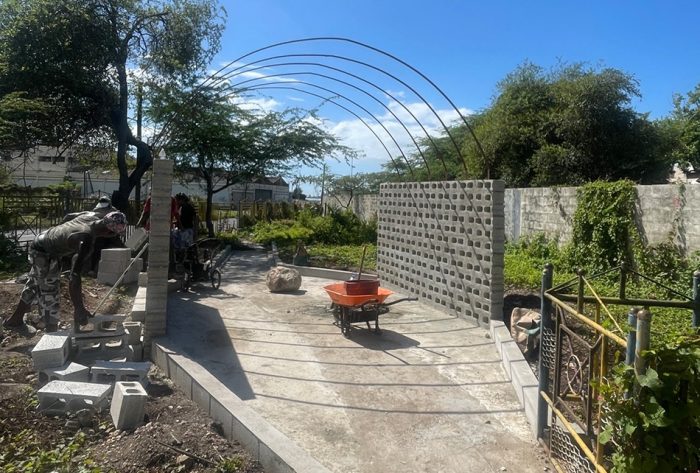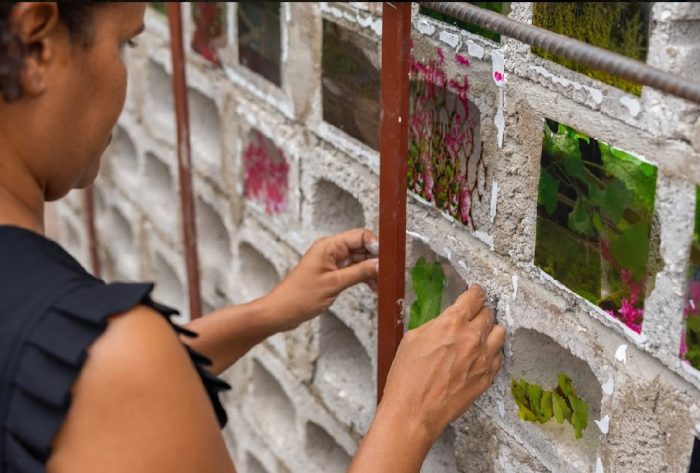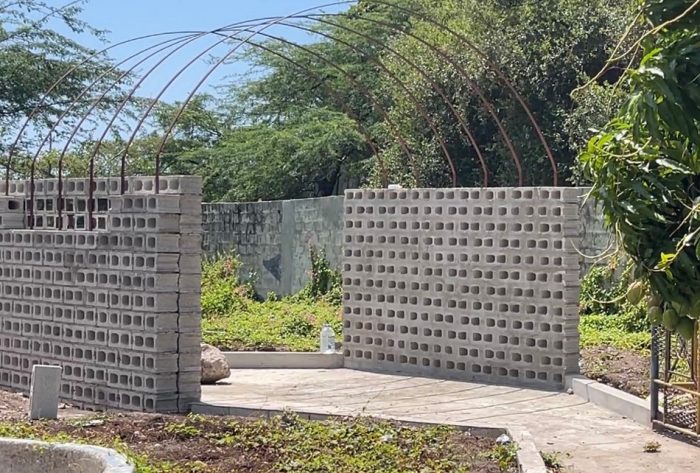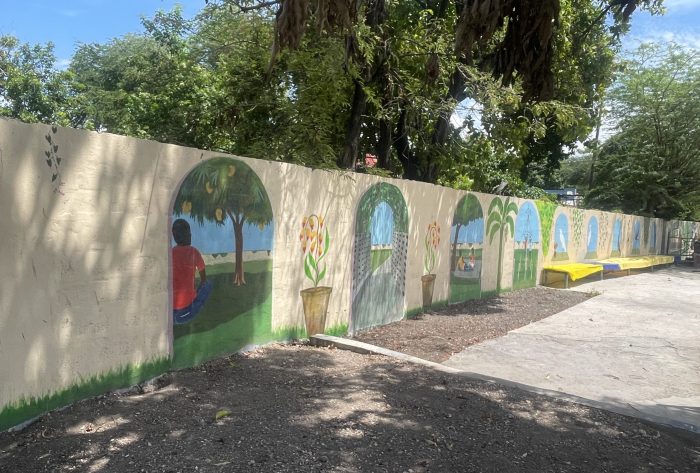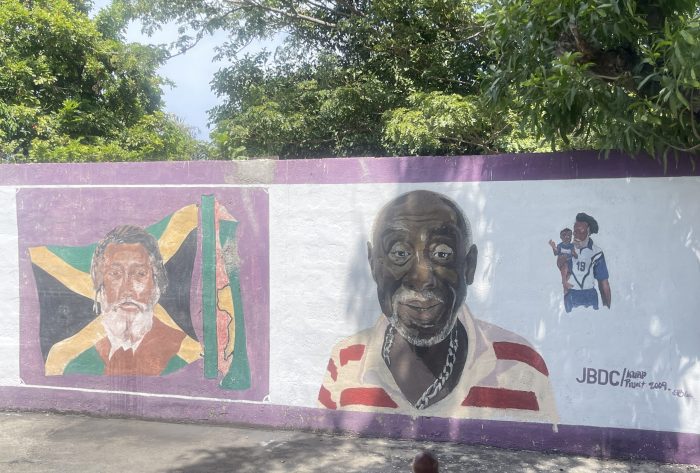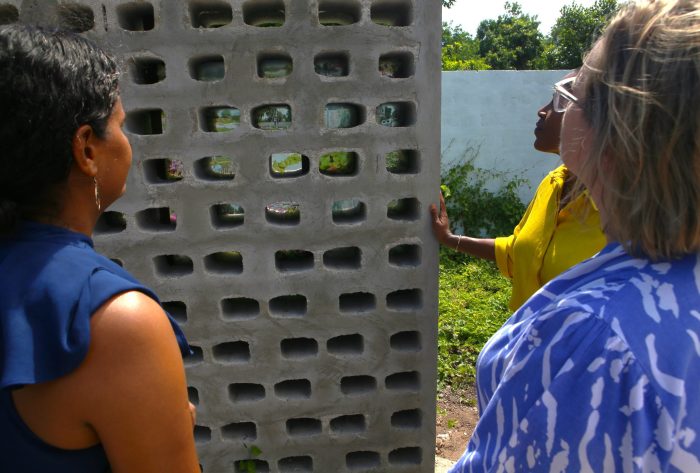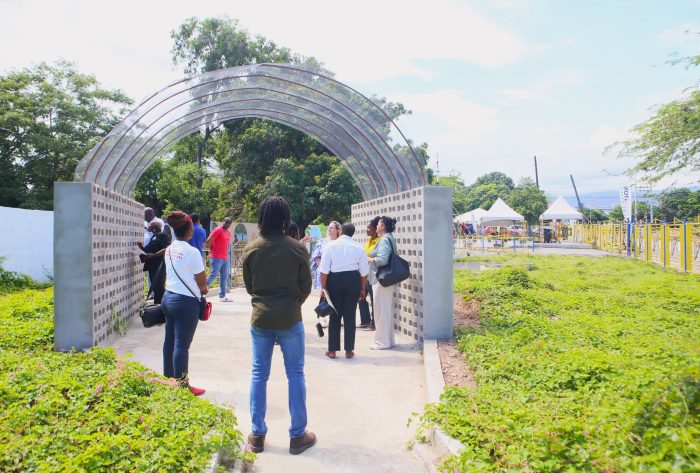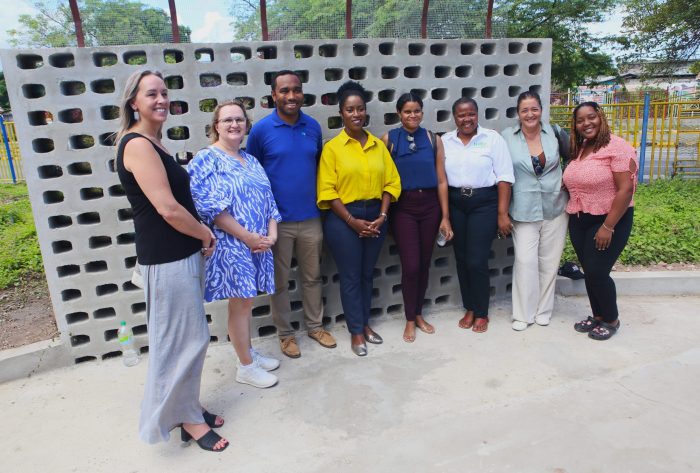Each project in each cultural district stands alone as a site-specific exhibition and will be accompanied by a programme that engages with local communities to further explore the theme and developing lines of inquiry:
How can art and artists illuminate the complexity of a commons shared equitably between humans and non-humans? What can be learned from the multi-species collaborations in each city? What local beliefs, knowledge systems, and ways of being support multi- species perspectives and can help shape broader approaches to the climate crisis? And how might making space for feral beings engender greater under-standing and respect for the dignity and sovereignty of all forms of precarious life at the margins?
The Production Responsibilities of Public Art Commissions
A Feral Commons has been established to prototype and document principles of responsible commissioning of public art in an era of escalating climate crisis.
Much of the process of public art commissioning is operating largely outside of imperatives to counter-act the current climate emergency. This project was conceived as a way to address this issue. Under it’s curatorial thesis, A Feral Commons, there will be examinations of the parameters of site control, questioning of the full expanse of sustainability, engagement with multiple stakeholders for the art-works within their respective public realms, and open questions around the shared responsibilities for the commissioning of work. This new intelligence will evolve over the life cycle of the installations, learnings for future art making in the public sphere in more circular and sustainable ways will be published and shared.
Two tools developed by Urban Art Projects (UAP) – their Artwork Ingredient List and Public Art 360 – constitute a baseline to quantify what responsible commissioning could begin to look like in the 21st century. The former calculates the carbon footprint of each commission in order to provide data about the environmental impact of the artworks while the latter will quantitatively and qualitatively evalu-ate the social, cultural, and economic impacts of the installations, holistically measuring the effect the artwork has on communities and its surroundings over an extended period. For this first iteration of the Global Co-Commission, UAP is working with research partners Griffith University and Future Nor-mal, who will be instrumental to customising and analysing Public Art 360 while ensuring academic rigour.
Andrea Dempster Chung, Co-founder & Executive Director, Kingston Creative
“Jamaican culture is truly a global phenomenon and the epicentre of Jamaica’s culture can be found on the streets of Kingston. We are very excited to see what emerges from this global conversation between artists and global cultural districts. We believe that A Feral Commons is an important opportunity for re-emergence, re-definition and re-connection for cultural spaces and communities.”
Read More: Embracing the Feral in the Concrete Jungle of Kingston
Our International Partners:
Alserkal Advisory
Alserkal Advisory is a multidisciplinary practice comprised of Alserkal’s founding team in addition to thinkers, researchers, and specialists in diverse fields from multiple geographies. The advisory prac-tice helps develop cultural production and establish spaces for polyphonic voices. The Advisory chal-lenges conventional business practices, embracing a mindful approach to reimagining cultural destina-tions and crafting audience-specific public programmes that resonate with our communities, while also assessing our impact on society, the environment, and local economies.
Alserkal Advisory has three principal areas of expertise: cultural production, including audience-spe-cific programming, flagship events, and public art commissioning; developing cultural institutions and destinations, ranging from establishing not-for-profit entities to building sustainable communities; and policy-making for creative industries, including guidance and support on infrastructure and gov-ernment/economic licensing. Clients include Expo 2020 Dubai, Etihad Museum, ICD Brookfield and Swatch.
Alserkal Advisory is part of Alserkal, a cultural enterprise based in Dubai, that was founded by Abdel-monem Bin Eisa Alserkal.
https://alserkal.online/alserkal-advisory/
Victoria Yards
Through building an eco-system where tenants thrive as a community, Victoria Yards presents a uniquely integrated urban complex that is as much about social development as it is commercial enter-prise.
https://www.victoriayards.co.za
Global Cultural Districts Network
The Global Cultural Districts Network (GCDN) is an international federation committed to improving the quality of urban life through the contribution of the arts, culture and creative industries. The mem-bership network fosters cooperation and knowledge-sharing among those responsible for creative and cultural districts, and engages leaders in culture and in urban development through convenings, re-search and collaborations in order to inform global, local and sectoral agendas. GCDN produces events, commissions research, creates original content, and nurtures peer exchanges, thought leadership, and strategic partnerships. The Three Bells, GCDN’s podcast, features interviews with cultural, urban and civic leaders working to address the challenges and opportunities facing the arts and cultural sector internationally. GCDN is an initiative of AEA consulting. GCDN members coalesce around a shared common agenda which guides GCDN activities. The global co-commission will contribute to GCD-N’s evolving understanding the potential for content and programming partnerships across the mem-bership, in particular as it relates to the role of culture in the climate crisis, the economic and social impact of cultural districts on a global scale, and the animation of public spaces.
https://gcdn.net
Supported by:
UAP | Urban Art Projects
Established in 1993 by brothers Matt and Dan Tobin, their modest Brisbane practice has evolved into a global art and design studio and workshop. In August 2019, UAP acquired the 60-year-old foundry, Polich Tallix located in upstate New York, making UAP one of the most significant art foundries in the world. Its network comprises three key studios and facilities in New York, Brisbane, and Shanghai and seven worldwide satellite offices in Sydney, Melbourne, Chengdu, Shenzhen, Singapore, Los Angeles and Riyadh.
From the design studio to the factory floor, UAP works across all aspects of the creative process, from commissioning and curatorial services, concept development, and design assistance to engineering, fabrication, and installation. Its diverse team of creative specialists, strategists, and practitioners share an enduring vision for the future with an ingrained culture of collaboration. By pairing exceptional strategies and manufacturing capabilities with the team’s unrivalled dedication to excellence, UAP en-sures that our generation creates timeless and relevant artworks, ideas, and places that will inspire and connect people for generations to come. As a company, this is the common ground on which it moves forward.
www.uapcompany.com
Rok Hotel
The ROK Hotel Kingston, Tapestry Collection by Hilton is a stylish and convenient hotel located in the downtown art district of Kingston, Jamaica. It overlooks the Kingston Waterfront and Harbor, and is close to attractions like the National Gallery of Jamaica and the Jamaica Conference Center. The hotel offers amenities such as an outdoor pool, fitness center, free WiFi, and a restaurant serving both international and Caribbean-inspired dishes.
Rok Hotel Kingston, Tapestry Collection by Hilton
Digicel
The Digicel Foundation Jamaica was established in 2004 with a mission to foster community development and create a brighter future for Jamaican communities. The Foundation has impacted over 819,136 lives through 1,635 projects and has spent US$47.5 million on various initiatives Digicel Foundation focuses on several key areas: Education: Improving literacy and access to technology in schools across Jamaica. Special Needs: Increasing access for the special needs community to participate in national development and improve their quality of life and Community Development.
Digicel | Digicel Foundation | Jamaica
iPrint Digital
iPrint Digital is a Jamaican company specializing in digital printing and signage. They offer a wide range of services, including billboards, vehicle wraps, fabrications, and other out-of-home advertising solutions. Their goal is to bring brands to life in a tangible way, ensuring prime visibility and an elevated experience for their clients. They provided the signage for the Community park space of A Feral Commons.
iPrint Digital | iPrint Group of Companies
Hope Gardens
Hope Gardens, also known as the Royal Botanical Gardens, is a beautiful 200-acre park located in St. Andrew, Jamaica. It’s the largest public green space in the Kingston metropolitan region and is home to a wide variety of endemic and exotic botanical collections. They donated several species of plants, both flowering and medicinal, and have conducted educational workshops on horticulture, sustainability and gardening with the community as a part of the project.
Hope Gardens Jamaica – The Natural Place to Be
Forestry Department
The Forestry Department of Jamaica is the government organization responsible for the management and conservation of the country’s forest resources. They manage approximately 117,000 hectares of forests across the island. Their mission includes promoting sustainable forest management, conserving biodiversity, and supporting national development through reforestation efforts. They donated trees to the green space for A Feral Commons.
ForestryDepartment | Home
